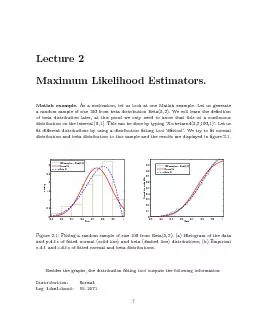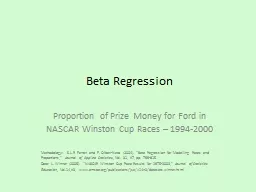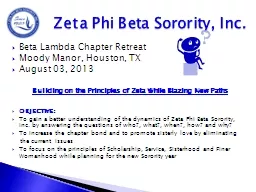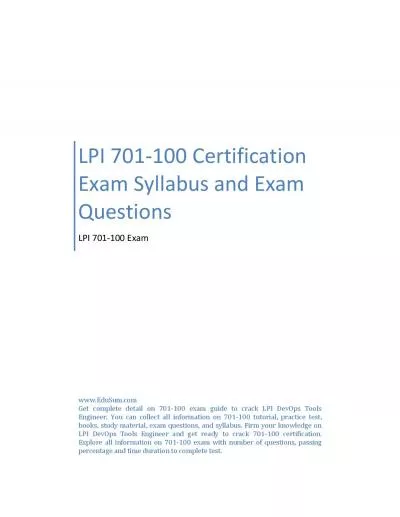PDF-100 samples ~ Beta(5,2)
Author : sherrill-nordquist | Published Date : 2015-08-26
Normal fit Beta fit the graphs the distribution ftting to ol outputs the follo wing information Distribution Normal Log likelihood 552571 7 100 samples Beta52 Normal
Presentation Embed Code
Download Presentation
Download Presentation The PPT/PDF document "100 samples ~ Beta(5,2)" is the property of its rightful owner. Permission is granted to download and print the materials on this website for personal, non-commercial use only, and to display it on your personal computer provided you do not modify the materials and that you retain all copyright notices contained in the materials. By downloading content from our website, you accept the terms of this agreement.
100 samples ~ Beta(5,2): Transcript
Download Rules Of Document
"100 samples ~ Beta(5,2)"The content belongs to its owner. You may download and print it for personal use, without modification, and keep all copyright notices. By downloading, you agree to these terms.
Related Documents














